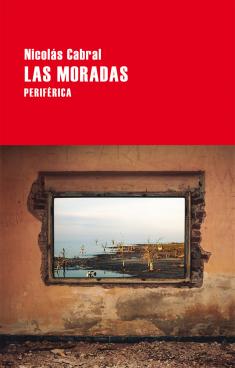
Catálogo de formas
El protagonista de esta novela, la primera de su autor, es un arquitecto. Un arquitecto que al principio creerá en el poder de la técnica moderna, para luego desencantarse y terminar poblando la selva con construcciones sin utilidad. La narración, sin embargo, no conduce a los lectores de un punto a otro de manera lineal. No construye una biografía, sino un retrato a la manera cubista.
En Catálogo de formas se alternan los monólogos del Arquitecto con los testimonios de esos personajes con los que comparte su vida, en una singularísima visión tanto del arte y el amor como, por decirlo con Pascal Quignard, del sexo y el espanto. Hay, a lo largo de esta primera novela subyugante y exigente, saltos en el tiempo y en el espacio, cambios en los puntos de vista, desplazamientos en el lenguaje. Leemos al Arquitecto y a sus testigos sin saber del todo en qué parte de la historia nos encontramos, pero eso es irrelevante en realidad: la novela no busca que el lector construya un rompecabezas, sino que avance, seducido y alucinado a la vez, entre el coro de voces que construyen el texto.
—
(Forms Catalogue) The protagonist of this short novel, the author’s first, is an architect. An architect who at first believes in the power of modern technology, then becomes disenchanted with it and ends up populating the forest with useless buildings. The narrative, however, does not take readers from one point to another in a linear fashion. This is not a biography, but a cubist portrait.
In Catálogo de formas the architect’s monologues alternate with the testimonies of those characters who share their lives in a singular vision of art and love as much as sex and terror, to quote Pascal Quignard. There is, throughout this first captivating and demanding novel, jumps in time and space, changes in viewpoints, shifts in language. We read the architect and his witnesses without quite knowing what part of the story we are in, but that is actually irrelevant: the novel does not ask the reader to assemble a jigsaw, but to move forward between the chorus of voices that construct the text, enthralled and amazed at the same time.
—
NULL
